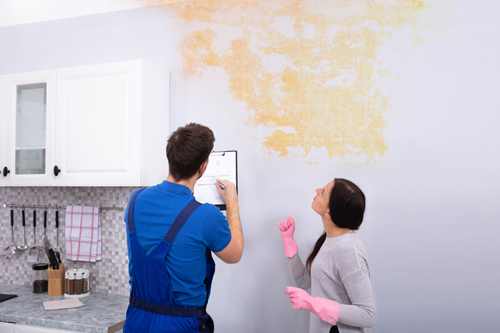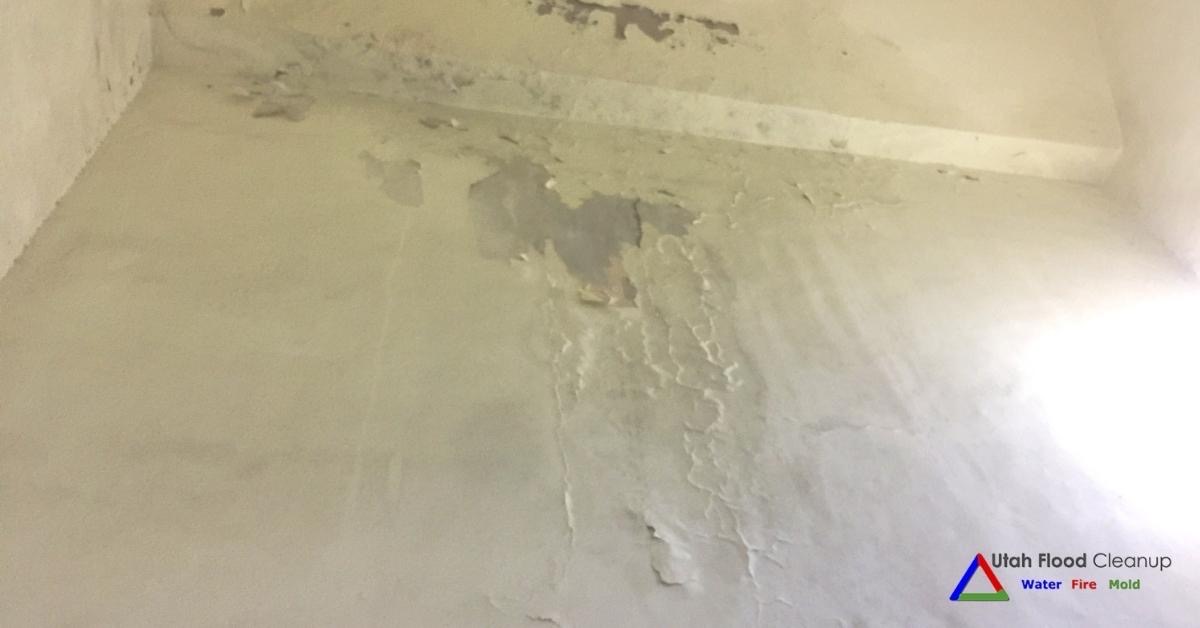This post down below about How to Find and Repair Water Leaking in the Wall is pretty much interesting. Don't skip it.

Water spots on walls are not positive to the eyes. Your house should lack spots on the walls, roofing, or floors. That is the excellent state of a house and its frameworks. Yet, often it seems nearly unavoidable to experience water discolorations on walls in houses.
Property owners residing in humid areas constantly take care of the anxiety of water spots on wall surfaces. That does not have to be the situation for you. With exact and all-around info on the sources of water stains and timely fixing procedures, you will always be a step ahead of such incidents. This article guarantees to be a practical overview for you.
3 Typical Root Causes Of Water Spots on Wall Surfaces
Unlike popular belief, water stains on wall surfaces do not constantly stem from bad structure products. There are several reasons for water discolorations on wall surfaces. These include:
Moist
When warm wet air meets with dry chilly air, it creates water beads to form on the walls of buildings. This takes place in kitchens and bathrooms when there is steam from cooking or showers. The water beads can stain the surrounding walls in these parts of your home as well as spread to other locations.
Wet or condensation affects the roofing system as well as wall surfaces of buildings. This causes them to appear darker than various other locations of the residence. When the wall surface is wet, it creates an appropriate setting for the growth of fungi and also microbes. These may have negative results on wellness, such as allergies as well as respiratory system conditions.
Poor Drain
When making a structure plan, it is important to make sure ample drainage. This will protect against water from seeping into the wall surfaces. Where the water drainage system is clogged or nonexistent, below ground dampness builds up. This links to extreme moisture that you notice on the walls of your structure.
So, the leading cause of wet walls, in this situation, can be an inadequate water drainage system. It can likewise result from inadequate monitoring of sewage pipes that run through the building.
Pipe Leaks
A lot of houses have a network of water pipelines within the wall surfaces. It constantly boosts the feasibility of such pipelines, as there is little oxygen within the wall surfaces.
A drawback to this is that water leakage impacts the wall surfaces of the structure and also creates prevalent damages. A telltale sign of faulty pipelines is the look of a water tarnish on the wall surface.
Pro Tip
A houseplant in your home also increases its humidity. If the house is already humid, you may want to introduce houseplants with minimal transpiration. An instance of ideal houseplants is succulents.
Water Discolorations on Wall Surface: Fixing Tips
When dealing with water stains, homeowners would generally want a fast solution. They would certainly quickly recognize this is detrimental as the water stains recur. Below are a few useful tips that will certainly assist you in the repair work of water stains on wall surfaces:
Final thought
Although no one wishes to have water discolorations on walls in their house, it can take place to the best people. This write-up provides you leverage, as you now recognize exactly how to manage this incident if it does occur.
It is always best to hire expert solutions to help deal with the damages in your house.
Sometimes it appears almost inescapable to experience water stains on walls in residences.
Contrary to preferred belief, water spots on wall surfaces do not always stem from bad structure materials. There are numerous causes of water spots on wall surfaces. The water droplets can discolor the bordering walls in these parts of your residence and spread to other locations.
Below are a couple of helpful suggestions that will certainly lead you in the fixing of water stains on walls:
How to Fix Water Stains On Walls
Water stains on walls aren’t something anyone enjoys to look at in their home. It might seem like an easy option to just paint over the stain, but it will take more than that. It’s very important to determine if there is an ongoing problem causing the stain, and fixing that before you go any further. If you don’t follow the steps, you could have more problems down the line.
Solve the Underlying Issue
Water stains on walls are a big sign of water damage. Seeing this is your signal to find out where the water could be coming from. Most likely this is due to a leak somewhere in your plumbing, but there could be other causes. These problems can be from somewhere outside your home as well. If you can’t determine where the leak is coming from, call your local plumber to find the leak and repair it.
Here are some common reasons water damage can occur:
Plumbing failures Construction failures Natural events Appliance failures Dry the Area
Once you’ve fixed the underlying problem, you need to make sure the area is completely dry. You can do this using dehumidifiers and fans. Place the dehumidifier on the highest setting in between two fans. Depending on how large the stain is, it can take hours to completely dry. Even if the wall only feels a little damp, it’s still important to fully complete the drying process. If you’re in count, go ahead and allow the fans and dehumidifier to run overnight.
Remove Loose Material
Water stains on walls may be covering more damage than what you can see. Use a painter’s knife or a putty knife to scrape away at any loose paint or material from the wall. If the damage is minor, you will just be scraping away at the layers of paint. If the damage is more prominent, you may need to scrape away deeper into the wall to remove all the damaged material.
Clean the Area With Bleach
Once you’ve removed all the damaged material and the water stains from the walls, use a bleach mixture to sanitize the area. If it’s not sanitized, it can lead to mold. Carefully wipe down the area to avoid letting bleach drip onto your floors or furniture. Make sure when you are cleaning the area to get into every crevice to ensure mold will not be able to grow. After you have done this, allow it to air dry completely before moving to the next step.
Repair the Wall if Needed
Now that the area is cleaned, it’s time to repair the wall. If you had to scrape away at more than just the paint on the wall, you will need to use drywall mud to fill in any cracks, dents, or crevices. Use your painter’s knife to smooth it over and let it dry. Use some sandpaper to sand it down to make it even with the wall. If you need to do a few layers, that’s completely fine. Just make sure to allow it to dry between each layer.
https://www.1tomplumber.com/how-to-fix-water-stains-on-walls/

I found that content on How to Find and Repair Water Leaking in the Wall when scouting around the search engines. Are you aware of another person who is involved in Indicators of Water Damage Behind Walls? Do not hesitate to promote it. Many thanks for taking the time to read it.
Visit Site